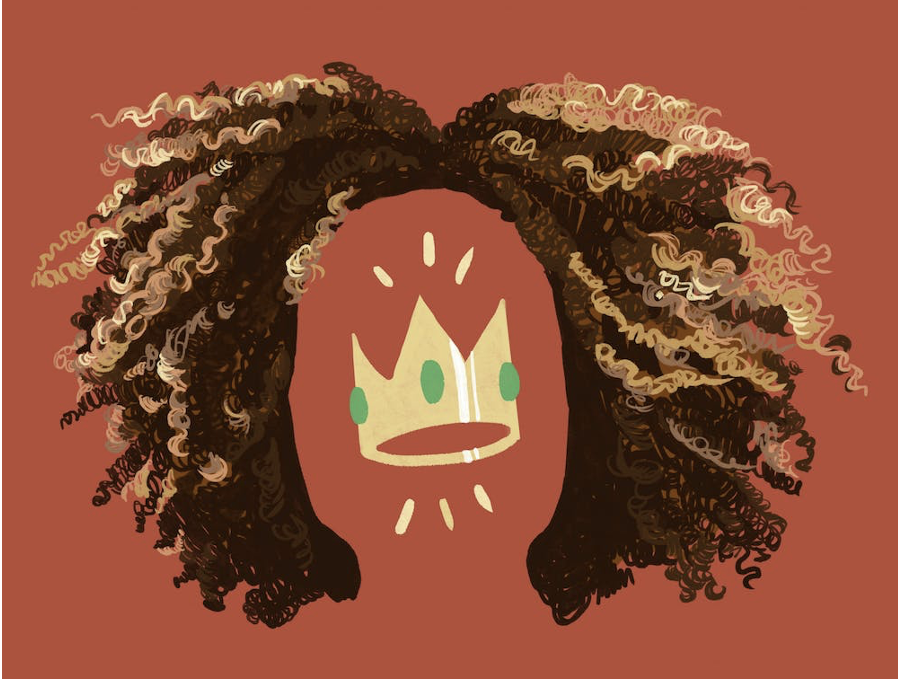Hair textures and styles are as diverse as humankind. Hair is linked to different cultures, religions, movements, and much more. Some religions forbid the cutting of hair as an expression of gratitude towards their deity.[i] Culturally, hairstyles like the mohawk are derived from indigenous groups with powerful meanings linked to them.[ii] In 1960, the afro was used as a symbol of the black power movement; it became a symbol of black power and black pride.[iii] Hair plays a pivotal role in society as it is linked to one’s identity. Unfortunately, hair has been used to discriminate against certain races, cultures, and religions. Although there is legislation that protects specific classes of individuals, there is no protection for the way a person’s hair grows or how they choose to style it. Members of different religions, cultures, and races have dealt with discrimination in many different areas of life because of their hair. Hair discrimination is prevalent in workplaces and schools, and new legislation must be created to acknowledge and dismantle this form of discrimination.
History has shown that courts generally fail to acknowledge hair discrimination as unconstitutional under Title VII of the Civil Rights Act of 1964 or 42 U.S.C. § 1981. Both laws aim to prevent discrimination of a protected class but, for the most part, fail to include hair as a type of discrimination that can bring forth a suit. The Civil Rights Act of 1964 is a landmark civil rights and labor law in the United States that outlaws discrimination based on race, color, religion, sex, and national origin.[iv] Additionally, 42 U.S.C. § 1981 “establishes that certain rights are to be guaranteed to all citizens of the United States, and these rights are to be protected against impairment by nongovernment and state discrimination.”[v]Even with the existence of these laws, because hair discrimination is generally not recognized, employers and schools have been able to create grooming policies that substantially affect opportunities for Black people and other minorities.
A clear example of this occurred in EEOC v. Catastrophe Mgmt. Sols. In this case, a woman’s job offer was rescinded because she refused to cut her hair which was styled in dreadlocks.[vi] The employer stated that “locks tend to get messy.”[vii] When the woman sued for racial discrimination, the 11th circuit argued that “Title VII protects persons in covered categories with respect to their immutable characteristics, but not their cultural practices.”[viii] The court considered a hairstyle a matter of individual expression and nothing else. The court did not consider the cultural or religious impacts of this hairstyle. Even though dreadlocks have a long history within the black community and many different religions, and the decision not to hire the woman was specifically based on this trait, the court found no valid cause of action. Although there is a need for protection, the courts disagree on what that protection should establish. Many states have adopted legislation to deal with issues arising from hair discrimination. However, on the Federal level, movement has been much slower. As of today, there isn’t a clear solution to this discrimination, but legislation, like The Crown Act, has been introduced by the House of Representatives.
The Crown Act of 2021 is one of the largest bills of its kind, addressing hair discrimination. It gained much traction at its creation, and it was recently passed by the House of Representatives and awaiting Senate’s decision. This bill prohibits discrimination based on a person’s hair texture or hairstyle if that style or texture is commonly associated with a particular race or national origin.[ix] The Crown Act is a monumental bill that would enhance society in many ways. In employment situations or within education, this act would limit the discrimination Black people and other minorities face when trivial grooming policies are implemented to limit opportunity. Though the creation of this bill came with criticism, such as comments made by Senate calling it “trivial” and “redundant,” there is a substantial amount of case law discussing this type of discrimination that prove otherwise. The Crown Act would help alleviate the court’s confusion when approaching hair discrimination.
Moreover, passing the Crown Act on the Federal level would combat discrimination by employers and schools. It is the duty of our legislation to create fair and equal opportunity, and discrimination based on hair, culture, and identity must be combatted in all areas. It is important that those that have faced discrimination based on their hair texture or style have a right of action against such discrimination. The Crown Act is a solution our nation needs.
In all, our hair matters for many different reasons. It is not simply something attached to an individual scalp but connected to cultures, religions, movements, and identity. Hair should be protected by law. History has shown that this has not been the case, but the passing of legislation like the Crown Act would be a step in the right direction against preventing such discrimination.
[i] See Paul R Kopenkoskey, Theology of hair: How many world religions see it as sacred part of identity, The M Live (Nov 26, 2011, 10:30 AM), https://www.mlive.com/living/grand-rapids/2011/11/theology_of_hair_how_many_worl.html.
[ii] See Nativemax, Thv\e Relationship Between Hairstyles and Culture, Native Max Magazine (March 7, 2022), https://nativemaxmagazine.com/the-relationship-between-hairstyles-and-culture/.
[iii] See Not just a fashion statement: The significance of Afro hair’s history, Lush, https://www.lush.com/uk/en/a/not-just-fashion-statement-significance-afro-hairs-history (last visited Oct. 17, 2022).
[iv] 28 U.S.C.S. § 1447 (LexisNexis, Lexis Advance through Public Law 117-166, approved August 5, 2022).
[v]Legal Information Institute, Section 1981, Cornell L. Sch., https://www.law.cornell.edu/wex/section_1981#:~:text=Section%201981%20is%20a%20shorthand,by%20nongovernment%20and%20state%20discrimination. (last visited Oct. 17, 2022).
[vi] See EEOC v. Catastrophe Mgmt. Sols., 852 F.3d 1018 (11th Cir. 2016).
[vii] Id. at 1021.
[viii] See Id. at 1030.
[ix] See Creating a Respectful and Open World for Natural Hair, The Crown Coalition, https://www.thecrownact.com/ (last visited Oct. 17, 2022).



